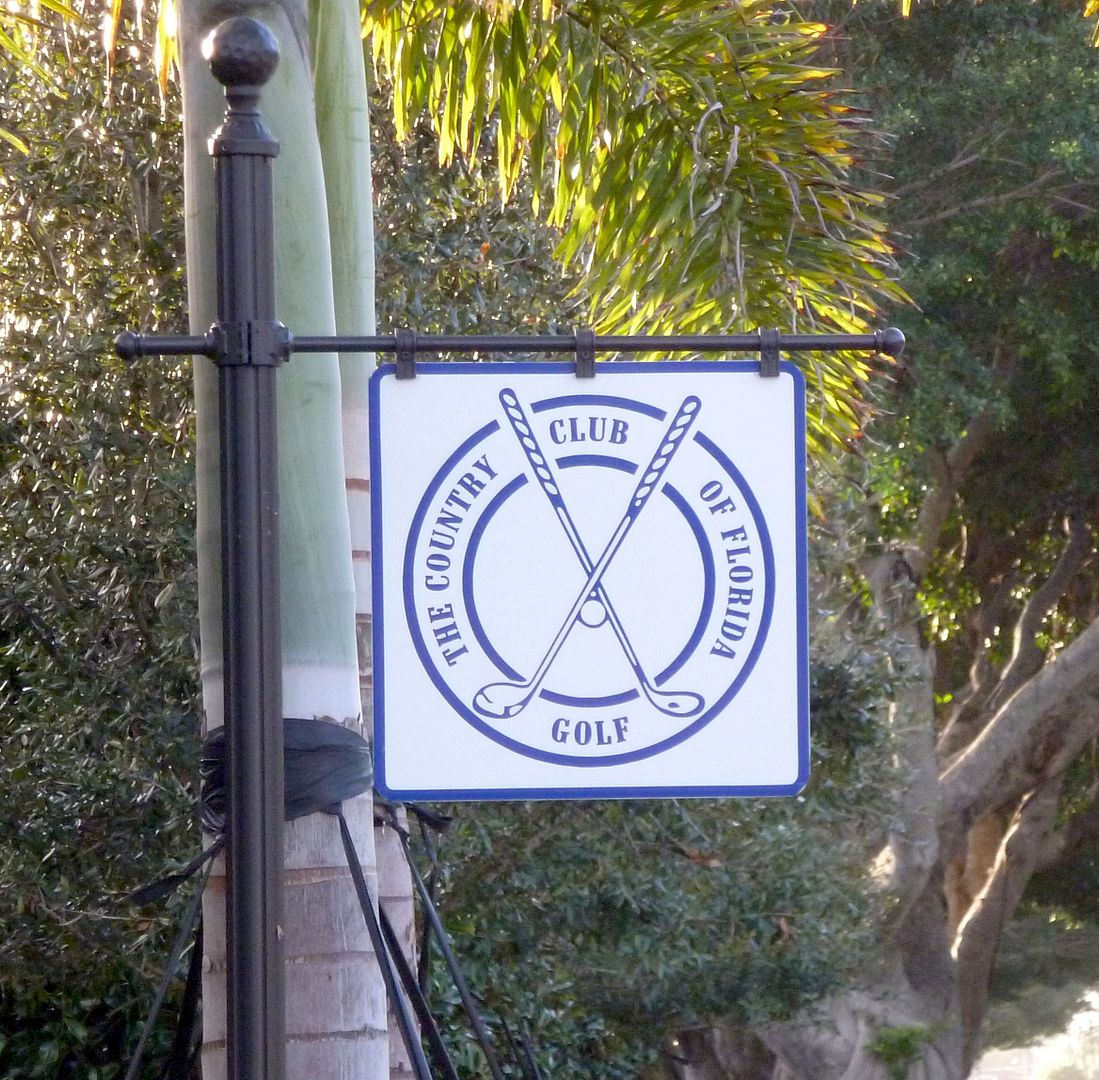
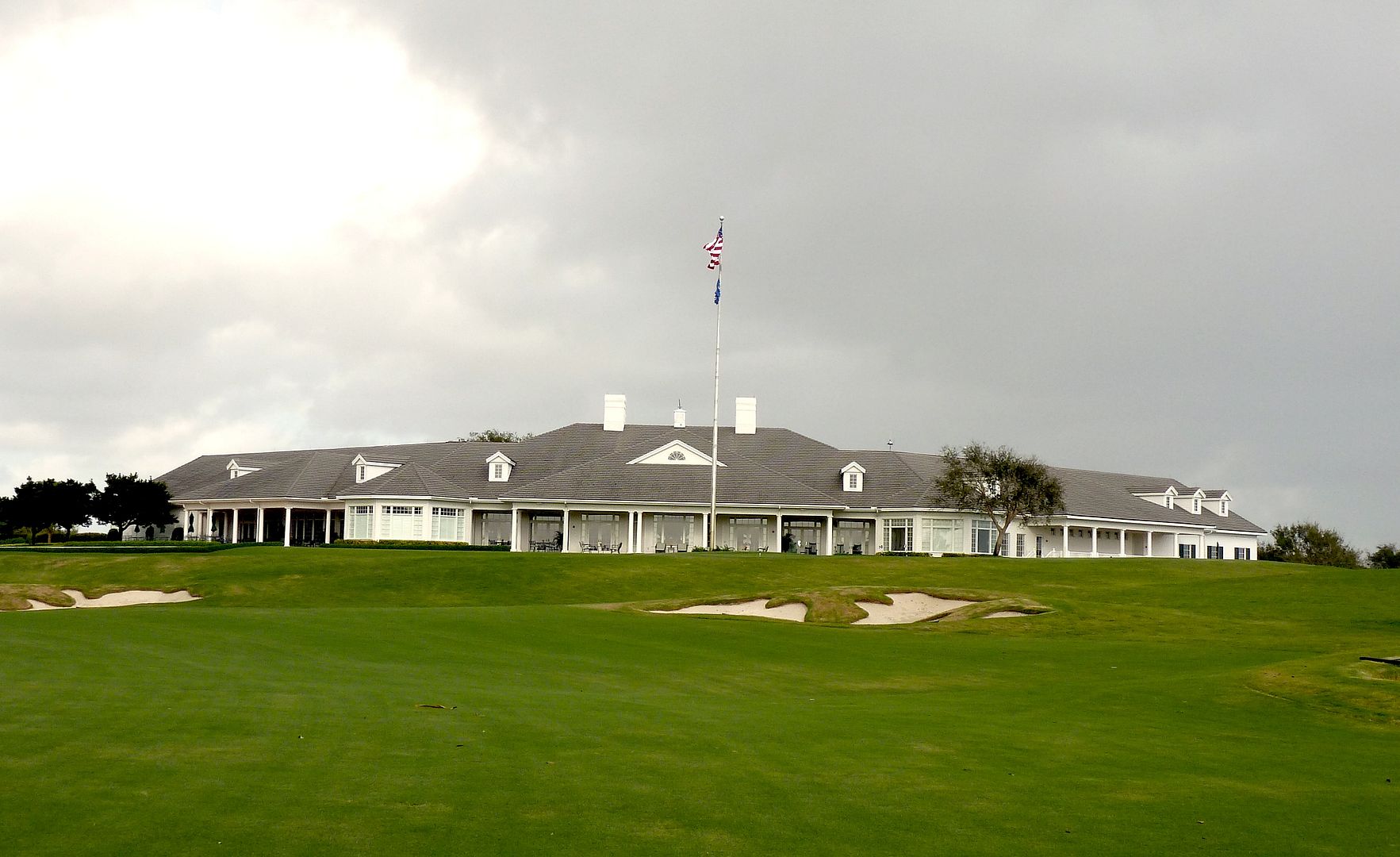
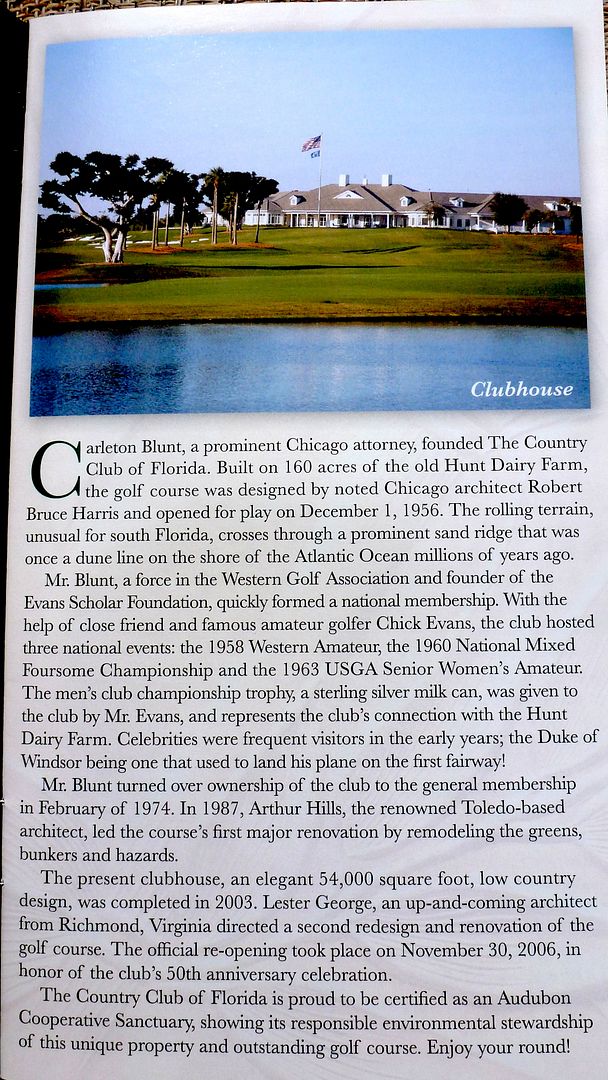 The Routing
The Routing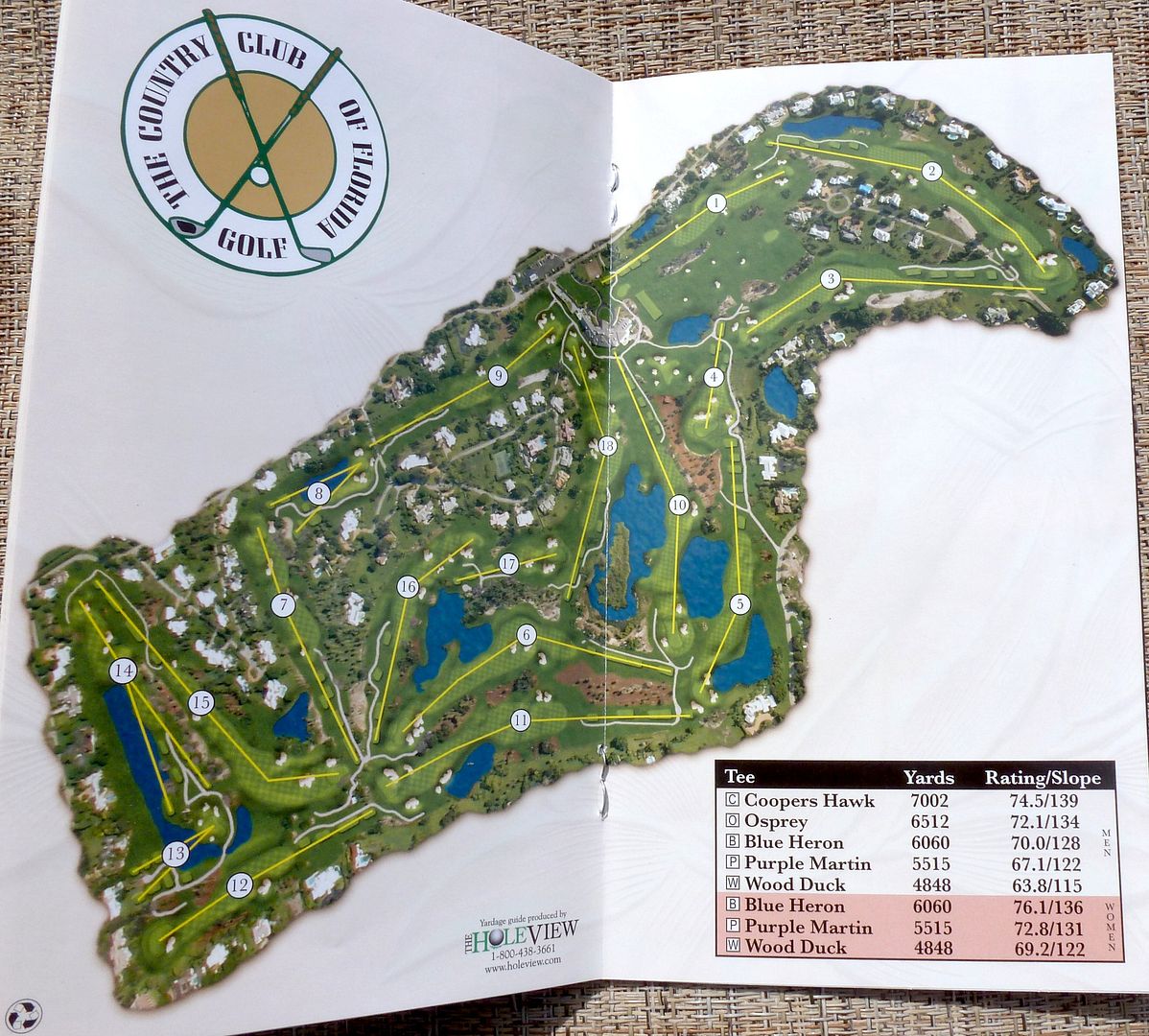
A very interesting routing, with an even more interesting sequence of holes. At no point in the round (other than 9-10) is the golfer ever faced with back-to-back par-4s.
I love the opening stretch of holes. Each of the first four holes plays in a different direction.
Scorecard Information
Architects:
Robert Bruce Harris (1956)
Arthur Hills (1987)
Lester George (2006)
What I Liked - note, I will keep this to a minimum as I am sure everyone hear would prefer to hear from Lester...
1) Excellent use of water hazards - Like many golf courses in Florida, water is a central feature (in play on 8/18 holes). But, unlike most golf courses in Florida, it is used in a very strategic manner. In almost all cases, the water need not be carried, but if you do challenge the water successfully, you will be rewarded.
2) Strategic Bunkering - There is limited use of bunkers at CCF. Where a bunker is used, it used to serve a purpose -- no eye-candy here. Much like the use of the water, challenge the bunkers and you will be rewarded. Couple this with great mowing lines and you have a very strategic golf course.
3) Elevation Changes - Florida is known for flat golf. Not so at CCF (though don't expect mountainous terrain). Many holes have noticeable elevation change and it is used to maximum effect at CCF.
CCF is certainly a golf course that qualifies as a hidden gem! Enjoy the tour [pictures and yardages from the 6500 yard Osprey tees].
Hole 1: Par 4, 382 Yards
Something of a gentle handshake opener, though playing into the prevailing wind this is not a pushover. Ideal tee shots will favour the left side of the fairway. A single bunker 250 yards from the tee keeps the longer hitter honest. Approaching from the right is very difficult as the green slopes away from that side of the fairway.
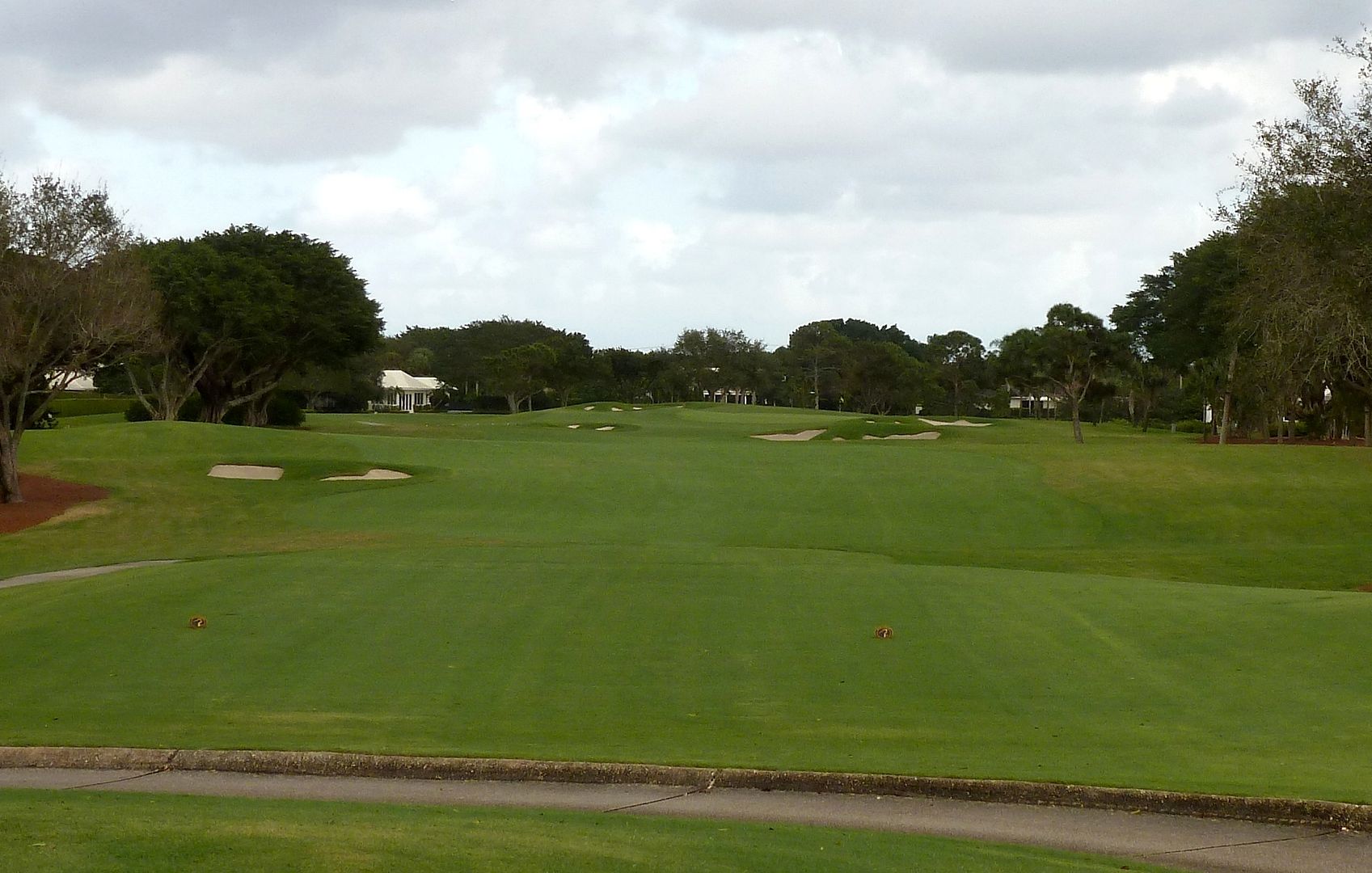
Approach from the right side of the fairway. From here, a portion of the green is hidden by the deep greenside bunkering.
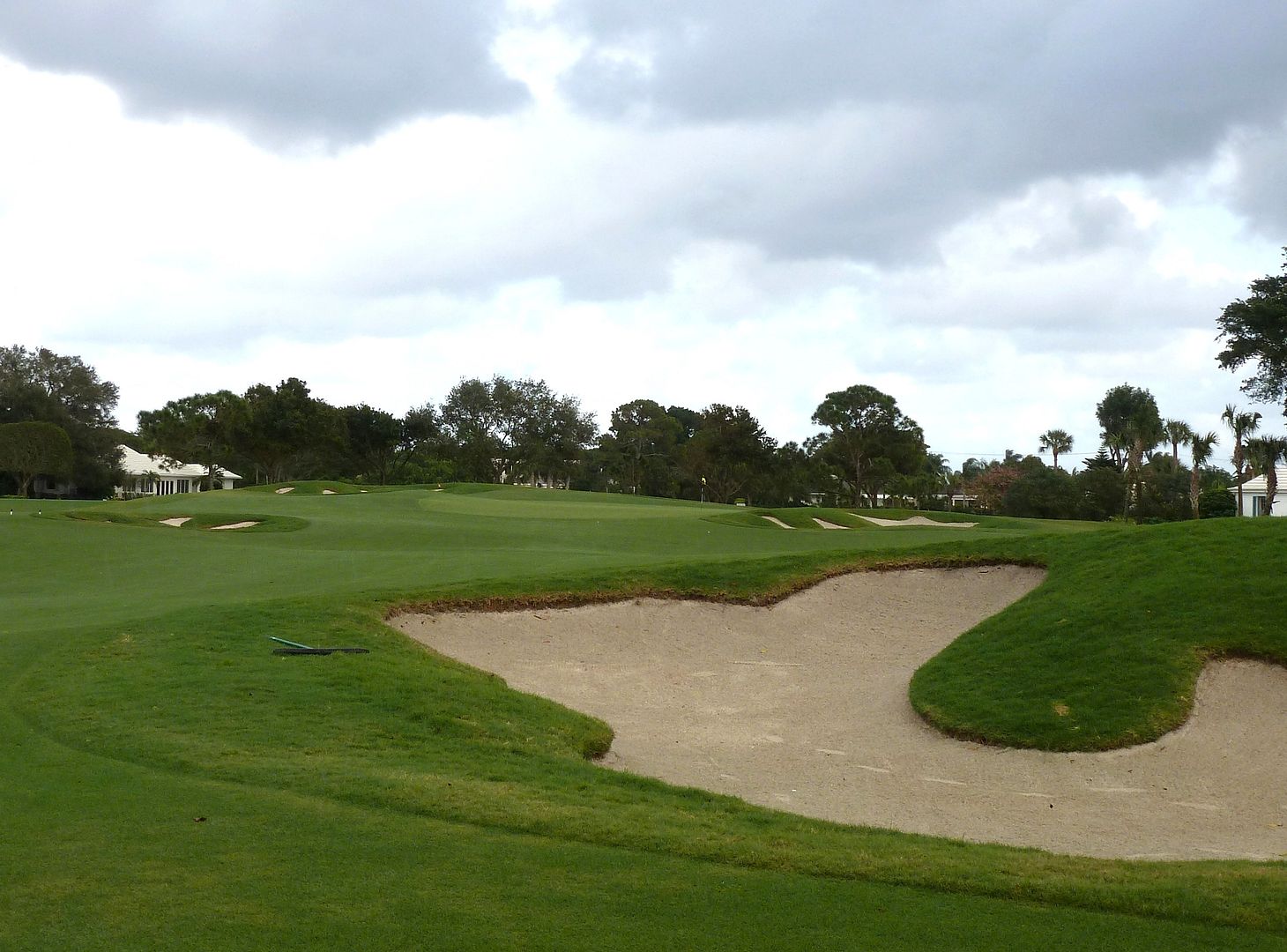
An approach from the left allows the golfer to see the entirety of the putting surface.
 Hole 2: Par 5, 497 Yards
Hole 2: Par 5, 497 Yards
A very simple hole if the golfer is willing to play it as a three-shot hole, but the possibility of reaching the green in two will tempt many golfers to cut the corner.

The bunkers that guard the inside of the corner are very deep. Find these bunkers from the tee and the golfer can do little more than wedge his ball back to the fairway. But, if the golfer can carry these bunkers from the tee, his ball will find a speed-slot and carom down to the bottom of a valley, leaving well under 200 yards to the green. Big risk = big reward.
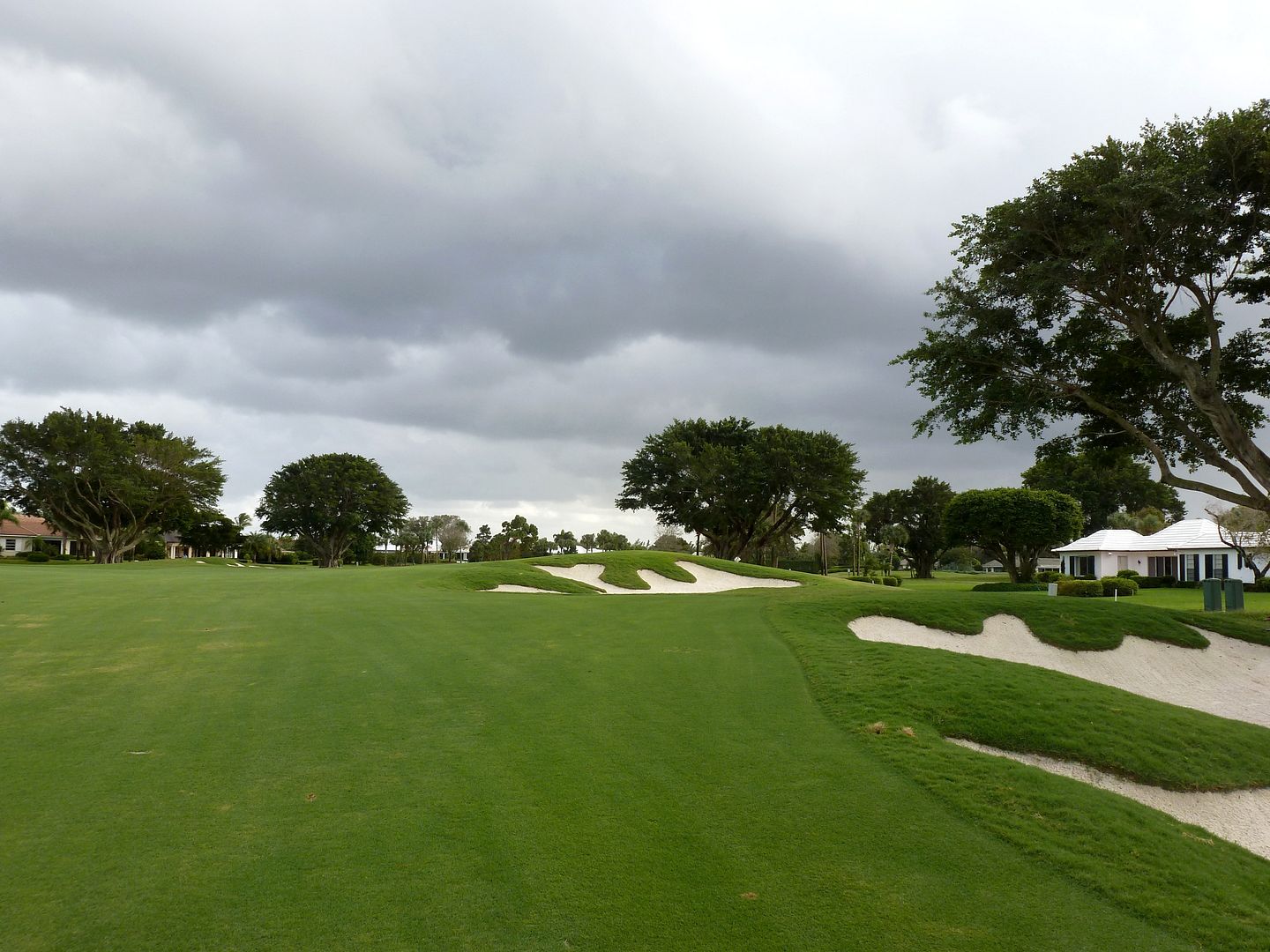
A single bunker 70 yards short of the green creates the interest on the lay-up. Approaches from the right are ideal, but one must be mindful of this devilish bunker.
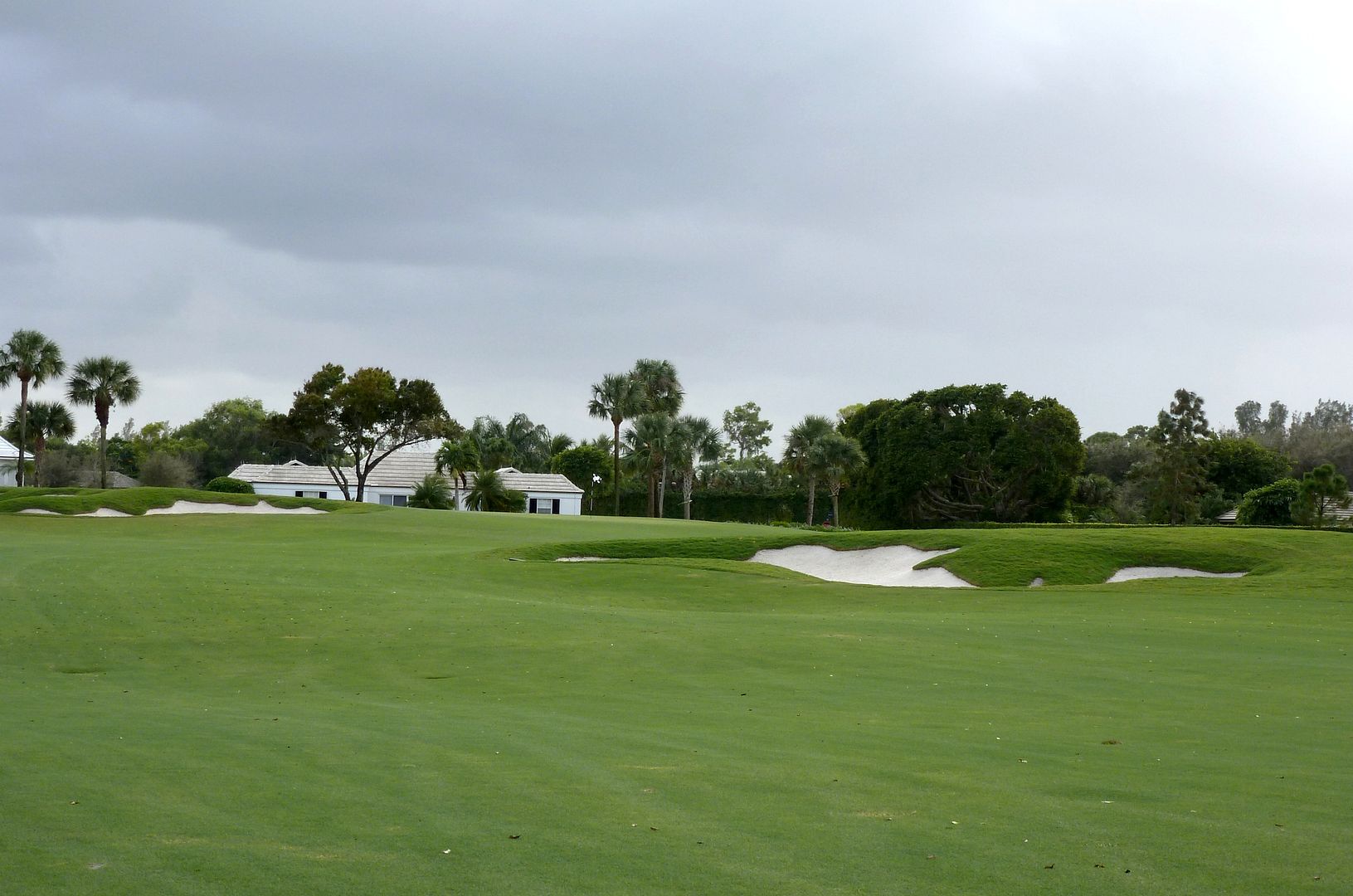
One of the tamer greens on the golf course, sloping generally from back-left to front-right, with plenty of room to miss right.
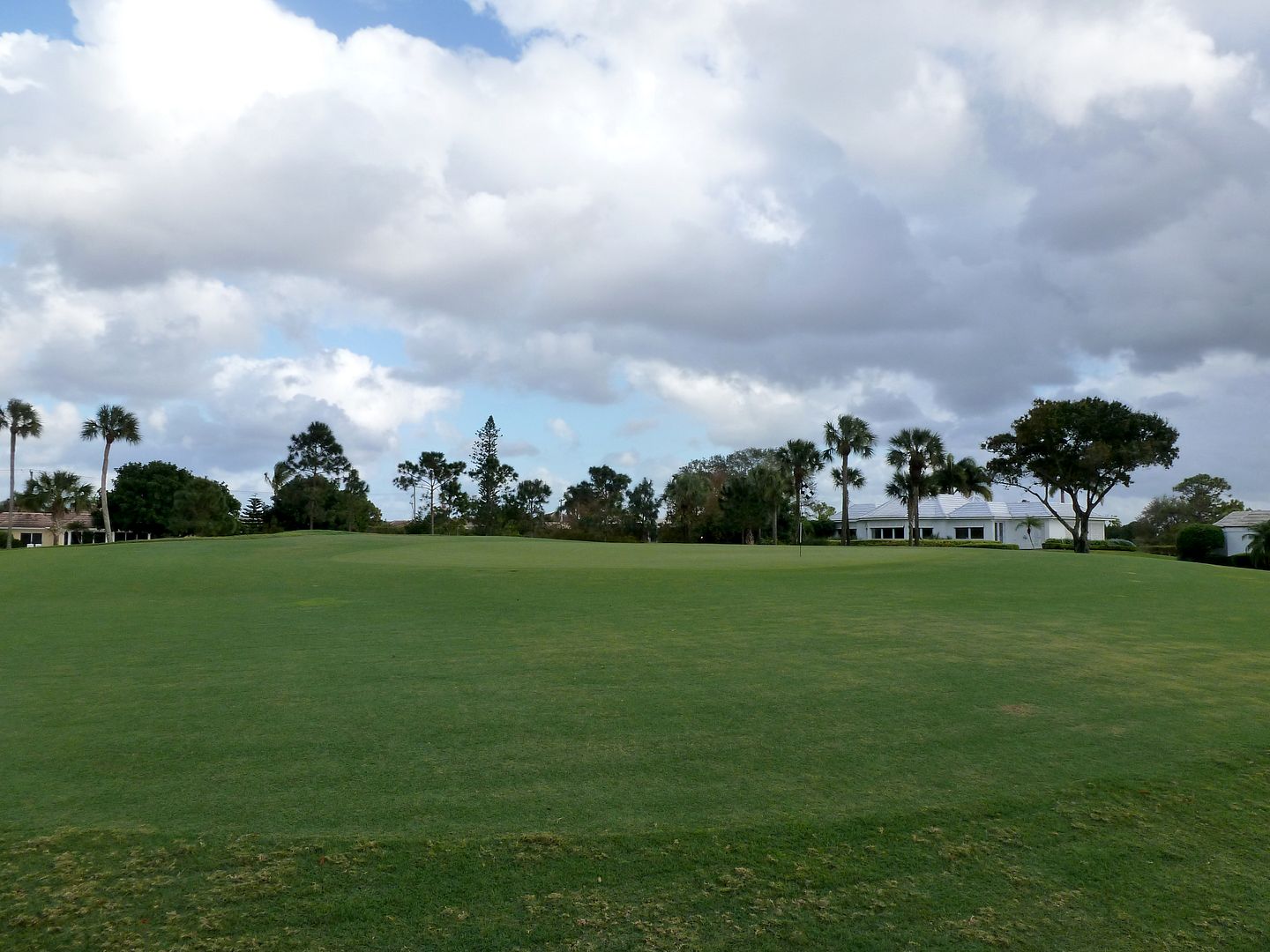 Hole 3: Par 4, 418
Hole 3: Par 4, 418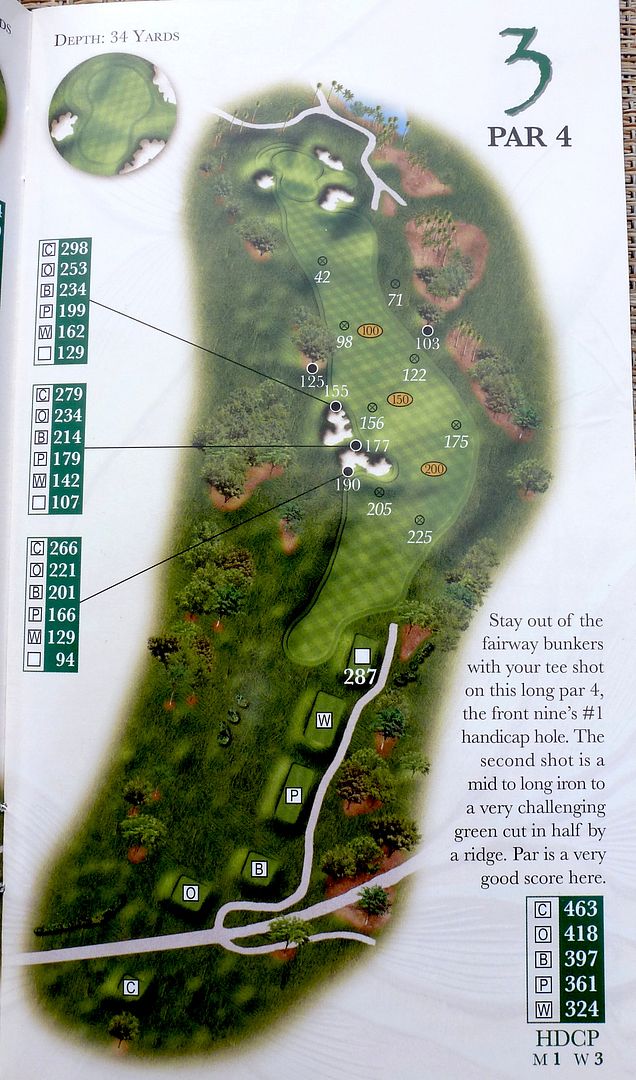
There is a tee a couple of steps off the back of the 2nd green that can make this hole a brute, but these pictures are from the 418 yard tee. There is a ton of room to hit it right off the tee, but like at the 2nd, the golfer is tempted to take the short-cut over the bunkers.

If successful in carrying the bunkers, the golfer is rewarded with this large kicker that will send his ball forward and right, toward the centre of the fairway.
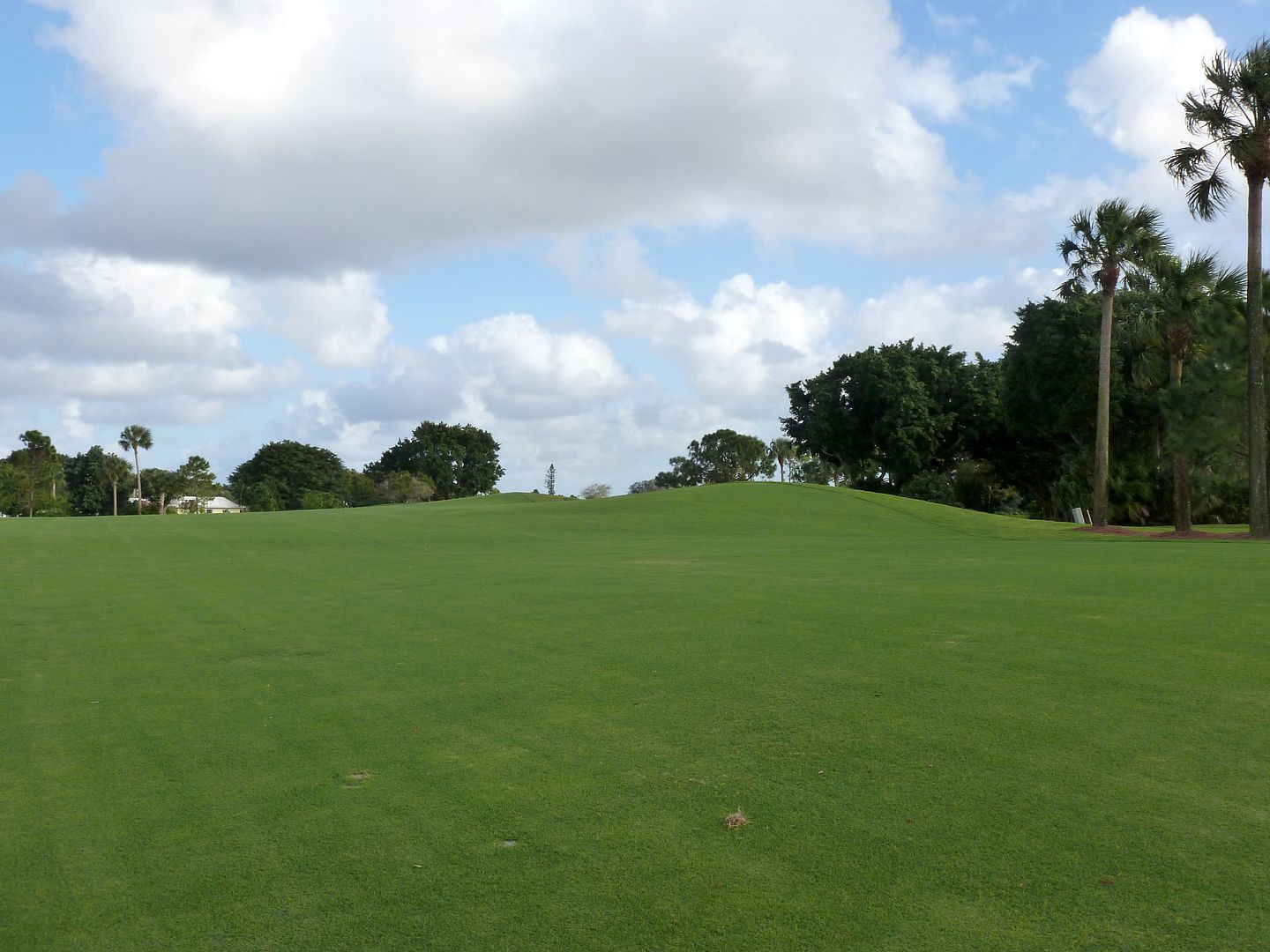
The approach will be played with a mid-iron to hybrid. Merely hitting the green, however, is not enough as the 3rd green is split in half by a very large ridge running horizontally through its centre.
